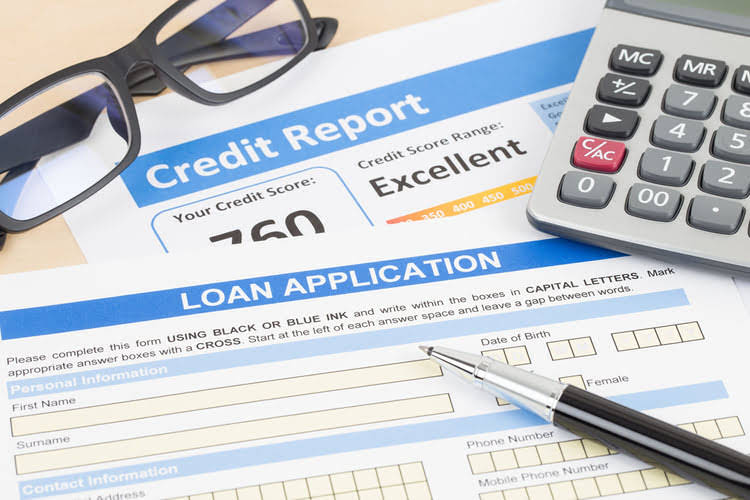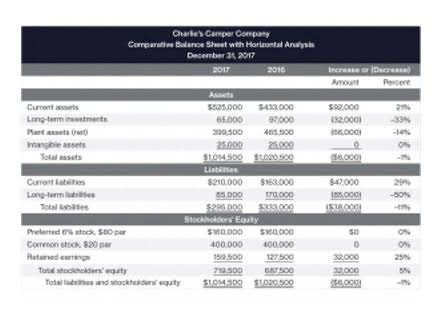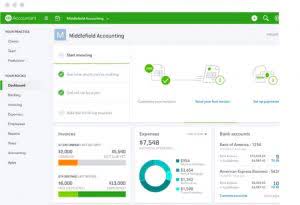
This means the related costs are not part of the business model and should not influence operating profit. The higher the operating margin, the more profit there is—after taxes—to cover financial obligations, reinvest in the business, and distribute dividends to owners. Profitability ratios gauge how profitable a company is—i.e., how much its revenue exceeds its expenses.
- The information provided on the Site is not intended for distribution to, or use by, any person or entity in any jurisdiction or country where such distribution or use would be contrary to law or regulation.
- Our fictitious company earns slightly over 40 cents for each dollar of revenue.
- The healthy gross and operating profit margins in the above example enabled Starbucks to maintain decent profits while still meeting all of its other financial obligations.
- Profitability ratios measure an organization’s ability to generate profit.
- It’s important to keep an eye on your competitors and compare your net profit margins accordingly.
- For example, a legal service company reports a high gross margin ratio because it operates in a service industry with low production costs.
What is Gross Profit Margin?
This ratio measures how profitable a company sells its inventory or merchandise. In other words, the gross profit ratio is essentially the percentage markup on merchandise from its cost. This is the gross margin accounting pure profit from the sale of inventory that can go to paying operating expenses. Most commonly, profitability ratios measure gross profit margins, operating profit margins, and net profit margins.
Beyond Profitability Ratios

It takes effort, but you should review your profitability ratios each month and make changes to improve outcomes. Your business’s ideal profitability ratio depends on company trends, your competitors, and industry benchmarks. Current assets include cash and assets that will convert into cash within a year.

How to Improve Gross Profit Margin Ratio
This only really works, though, when looking at similar companies operating in the same sector. What is an acceptable or good profit margin in one industry may be terrible or ridiculously high in another one. Businesses that are running on borrowed money may be required to compute and report their profit margins to lenders (like a bank) monthly. For example, if a company reports that it achieved a 35% profit margin during the last quarter, it means that it netted $0.35 from each dollar of sales generated.
What Is a Good Profit Margin?
Times interest earned (TIE) is an indication of a company’s ability to meet debt payments. Divide earnings before interest and taxes, or EBIT, by total annual interest expenses and get the times interest earned ratio. The following financial ratios are derived from common income statements and used to compare different companies within the same industry.


Bloomberg is not affiliated with State Street Global Advisors, and Bloomberg does not approve, endorse, review, or recommend SPDR® SSGA Global Allocation ETF. Bloomberg does not guarantee the timeliness, accurateness, or completeness of any data or information relating to SPDR® SSGA Global Allocation ETF. As with all stocks, you may be required to deposit more money or securities into your margin account if the equity, including the amount attributable to your ETF shares, declines. Investors buy and sell them like stocks, typically through a brokerage account. Investors can also employ traditional stock trading techniques; including stop orders, limit orders, margin purchases, and short sales using ETFs. The median of those values is identified and posted on each business day.

An extremely low profit margin formula would indicate the expenses are too high and the management needs to budget and cut expenses. A company’s operating profit margin or operating profit indicates how much profit it generates from its core operations after accounting for all operating expenses. Gross margin and gross profit are among the metrics that companies can use to measure their profitability.
- Does your business regularly buy and use the same supplies over and over?
- The two primary groups of profitability ratios are margin and return multiples.
- The operating profit margin is useful to identify the percentage of funds left over to pay the Internal Revenue Service and the company’s debt and equity holders.
- From here, we can divide the $10mil gross profit by $20mil revenues to get a gross margin of 50%.
- The gross margin represents the percentage of a company’s revenue retained as gross profit, expressed on a per-dollar basis.
- Unfortunately, $50,000 of the sales were returned by customers and refunded.







